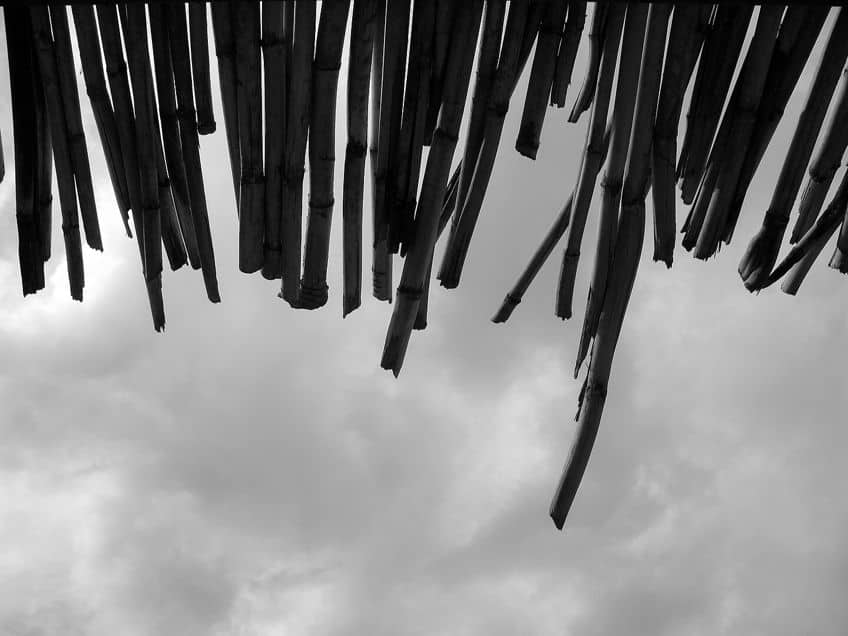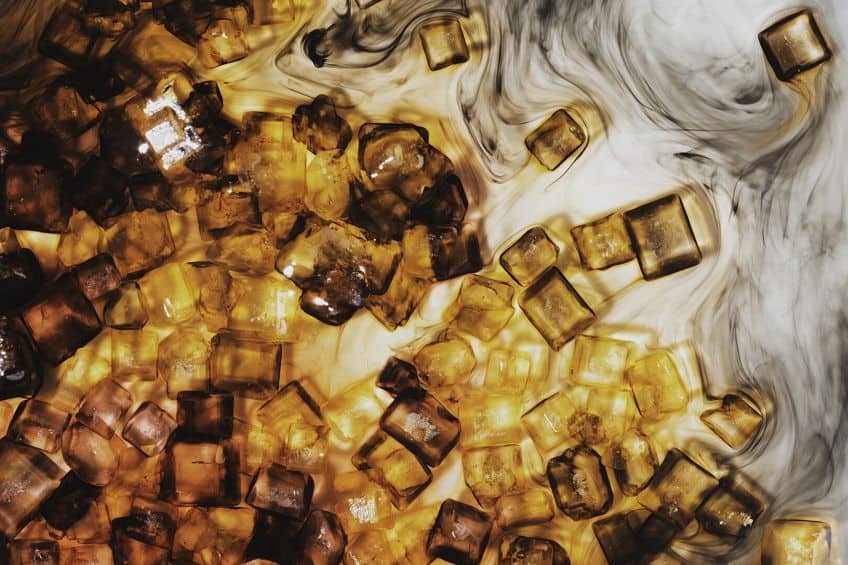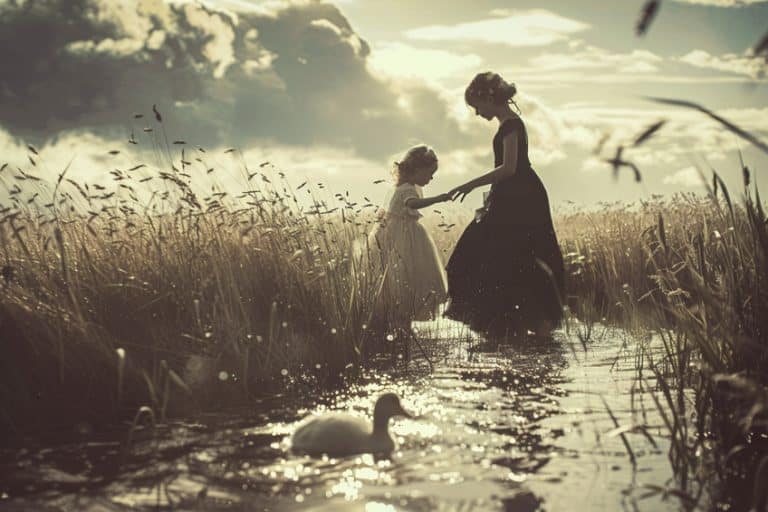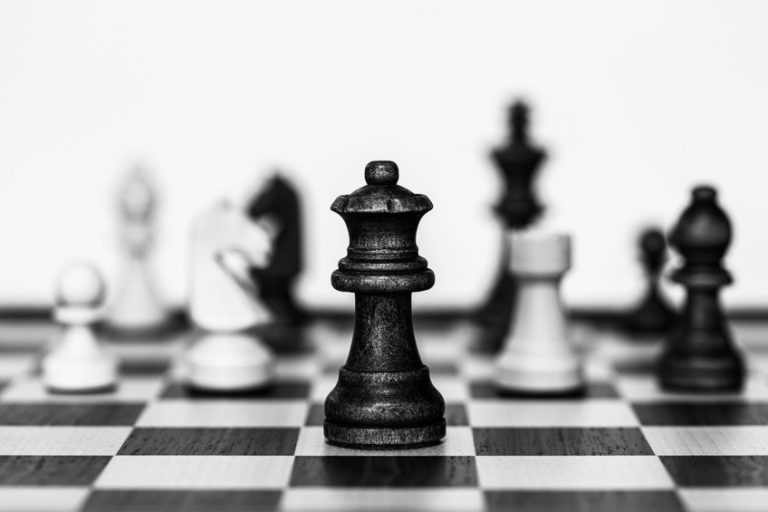What Is Abstract Photography? – Abstract Photography Art
What is Abstract photography and what is an Abstract photo made from? Abstract photography art utilizes the same equipment as usual photography but creates images that do not bear any resemblance to objects that we recognize in the real world. This article will explore the definition of Abstract photography, the techniques and styles used, and famous Abstract photographers.
What Is Abstract Photography?
Based on the definition of Abstract photography, famous Abstract photographers employ movement, perspective, and light to create surprising, often unfamiliar images from the world around them. Abstract photography art is not meant to be representational of real-world objects, places, or people. It may examine the texture or complexity of common items, or it may prompt you to see something specific within the apparent randomness. Artists who work in abstraction try out new techniques and think about shadows and light in innovative ways, and they take repetition and form into consideration.

The biggest difference between traditional photography and Abstract photography art is the subject matter. Most photographers will strive to make the objects and subjects in their artworks as recognizable and clear as possible. For the famous Abstract photographers, though, this was not as important as the textures, patterns, feelings, and colors that the photo portrayed. By changing their point of view, trying out different angles, and always trying to see the patterns and interesting forms in the world around them, Abstract photographers can transform an environment into potential works of art.
For many famous Abstract photographers, the art form means unlimited freedom of expression and exploration.
You’ve heard the expression “beauty is in the eye of the beholder”, well abstract photography art is precisely what the observer makes of it, with a myriad of varied interpretations, points of view, and perspectives. Whereas traditional photography will try and present a clear-cut theme or message, Abstract photography art allows you to find a personal message and something subjectively unique in the work.
Abstract Photography Art Techniques
The best way to learn how to create Abstract photography is to be willing to step out of your usual comfort zone – even if you are already a photographer. It’s all about experimentation and pushing the limits of what you think you know in order to achieve something completely distinct. There are a few techniques that you can employ to help further your understanding of Abstract photography art.

Manipulating Color and Light
Lighting is an important aspect of almost any photographic technique. It can accentuate, exaggerate, or provide emphasis to subject shapes, features, or sections within a photograph depending on how it is employed. The angle and intensity of the light source may also play a significant role in shaping the subject’s appearance and defining the mood of the image. Many of the most enigmatic and fascinating abstract artworks feature silhouettes, backlighting, and unusual shadows.
The way you light a subject can greatly enhance or detract from its color.
Digital Editing Software
The color, lighting, and many other aspects of a photo can also be enhanced and manipulated using digital editing software. While some may think that this is cheating, the truth is that good photographers will use all the available tools at their disposal to achieve the outcome that they desire. These tools allow photographers to create effects and edit images at much greater speed, and with much more consistent results, than they would if they still used old-school darkroom methods.

Experimentation With Camera Settings and Functions
Traditional photographs are shot with a quick shutter speed to freeze a single point in time. When we add motion to a scene, it becomes abstract, which allows you to make long exposure images with a slower shutter speed. When you keep your camera’s shutter open for a longer period of time, you can catch the blurriness of a car driving down the road. You could capture the motion of the vehicle in your photo while keeping everything else static by keeping the camera stationary. The vehicle will appear as streaks of color across the photograph, but the remainder of the scene will remain discernible.
Then try observing the motion blur of continuously shifting objects, such as smoke or water.
Experimentation With Depth of Field and Perspective
You may find something distinctive to portray with an abstract photograph by altering the manner in which you look at the environment and the angle you see through your camera lens. Instead of taking a standard still-life shot, try a few other perspectives and see what it looks like from beneath or above. Develop your ability to see beyond what is directly in front of you. Another excellent abstract photography concept is to experiment with zooming in on a recognized subject. Play with scale, for instance, to explore and emphasize the intricacies of an object.

Styles of Abstract Photography Art
There are several styles that you can try out. Abstract landscape photography reveals the photographer’s relationship with the environment and captures the spirit of our surroundings. Landscape Abstract photographers incorporate natural elements to represent the sense of a landscape instead of capturing specific images of a landscape. Abstract portrait photography tries to take the straightforward concept of a portrait and turn it into something far deeper in meaning. An abstract portrait in photography can provide us with a much more distinct reality than the ordinary bodies and faces that we are all accustomed to seeing in portrait photography.
There are no restrictions, and instead of getting a precise portrayal of our subjects, we can use photos to convey thoughts and emotions.
It’s also a terrific way to put our photography talents to the test, as well as a chance for infinite experimentation and creativity. Abstract Still-life photos often incorporate everyday objects but capture them in a way that highlights their form or the shadows they create more than the object itself. Abstract street photography is one of the most vibrant styles, capturing snippets and select segments of the outside urban world, forcing us to look at the things we see every day in new ways.
Famous Abstract Photographers and Influences
There are many photographers who are currently exploring the genre and continuously pushing its limits. However, there are a few names that stick out as original pioneers such as Ansel Adams, Cindy Sherman, Andreas Gursky, and Rene Magritte. Some of them might not necessarily be seen as purist Abstract photographers, yet their works served as inspiration for the photographers that followed. René Magritte, for example, was a Belgian surrealist artist who was not known for his work with photography. His art, nevertheless, had a considerable impact on the evolution of abstract photography, notably in his utilization of juxtapositions, visual puns, and other surreal methods to produce surprising and thought-provoking images. Andreas Gursky is a contemporary German photographer recognized for his large-scale, intricate photographs of modern life.

To convey a sense of confusion and scale in his photographs, he frequently adds aspects of abstraction, such as repetitive patterns and unexpected viewpoints. Cindy Sherman regularly challenges conventional notions of beauty and gender roles, and she incorporates distortion and modification techniques to produce strange, dreamy pictures. While not completely abstract, her artwork typically involves abstract elements to create uncertainty and suspense in her imagery. While Ansel Adams’ photography is not often identified with abstract photography, aspects of abstraction, such as blurring motion and sharp contrasts, are frequently used in his photos to produce a heightened feeling of emotion and drama and would prove to be influential on later generations.
Abstract photography artists have a knack for seeing artistic qualities in almost any situation. Where you see a crack in the wall, they see a valley of plaster rivers and hillsides. Where you see a carpet, they see undulating fields of colorful textured grass. By experimenting with camera settings, perspective, depth of field, and angles, famous Abstract photographers are able to show us a hidden world of color, texture, and patterns that exists right in front of our eyes.
Take a look at our abstract photography webstory here!
Frequently Asked Questions
What Is Abstract Photography?
With traditional photography, the entire aim is to make sure that your subject matter is clear and identifiable. This is not the case with Abstract photography, though. That does not mean that the photos need to necessarily be blurry (some are highly defined), but it means that the image will be presented in a way that removes it from its normal context and becomes something that is appreciated purely on aesthetic merit. It can be a photo of something in nature, but very zoomed in, like a leaf, or it could be something from an urban environment, like a cracked pavement, that becomes a concrete canyon under the eye of the photographer.
What Is an Abstract Photo?
An Abstract photo is an image taken from the real world which does not seem to portray anything recognizable to the viewer. This can be achieved by adjusting the lighting or angles of a scene, or by isolating an aspect of an object that allows one to appreciate the forms and textures without concerning oneself with the subject matter. This allows for greater freedom of expression and interpretation.
Jordan Anthony is a film photographer, curator, and arts writer based in Cape Town, South Africa. Anthony schooled in Durban and graduated from the University of the Witwatersrand, Johannesburg, with a Bachelor of Art in Fine Arts. During her studies, she explored additional electives in archaeology and psychology, while focusing on themes such as healing, identity, dreams, and intuitive creation in her Contemporary art practice. She has since worked and collaborated with various professionals in the local art industry, including the KZNSA Gallery in Durban (with Strauss & Co.), Turbine Art Fair (via overheard in the gallery), and the Wits Art Museum.
Anthony’s interests include subjects and themes related to philosophy, memory, and esotericism. Her personal photography archive traces her exploration of film through abstract manipulations of color, portraiture, candid photography, and urban landscapes. Her favorite art movements include Surrealism and Fluxus, as well as art produced by ancient civilizations. Anthony’s earliest encounters with art began in childhood with a book on Salvador Dalí and imagery from old recipe books, medical books, and religious literature. She also enjoys the allure of found objects, brown noise, and constellations.
Learn more about Jordan Anthony and the Art in Context Team.
Cite this Article
Jordan, Anthony, “What Is Abstract Photography? – Abstract Photography Art.” Art in Context. May 1, 2023. URL: https://artincontext.org/what-is-abstract-photography/
Anthony, J. (2023, 1 May). What Is Abstract Photography? – Abstract Photography Art. Art in Context. https://artincontext.org/what-is-abstract-photography/
Anthony, Jordan. “What Is Abstract Photography? – Abstract Photography Art.” Art in Context, May 1, 2023. https://artincontext.org/what-is-abstract-photography/.








